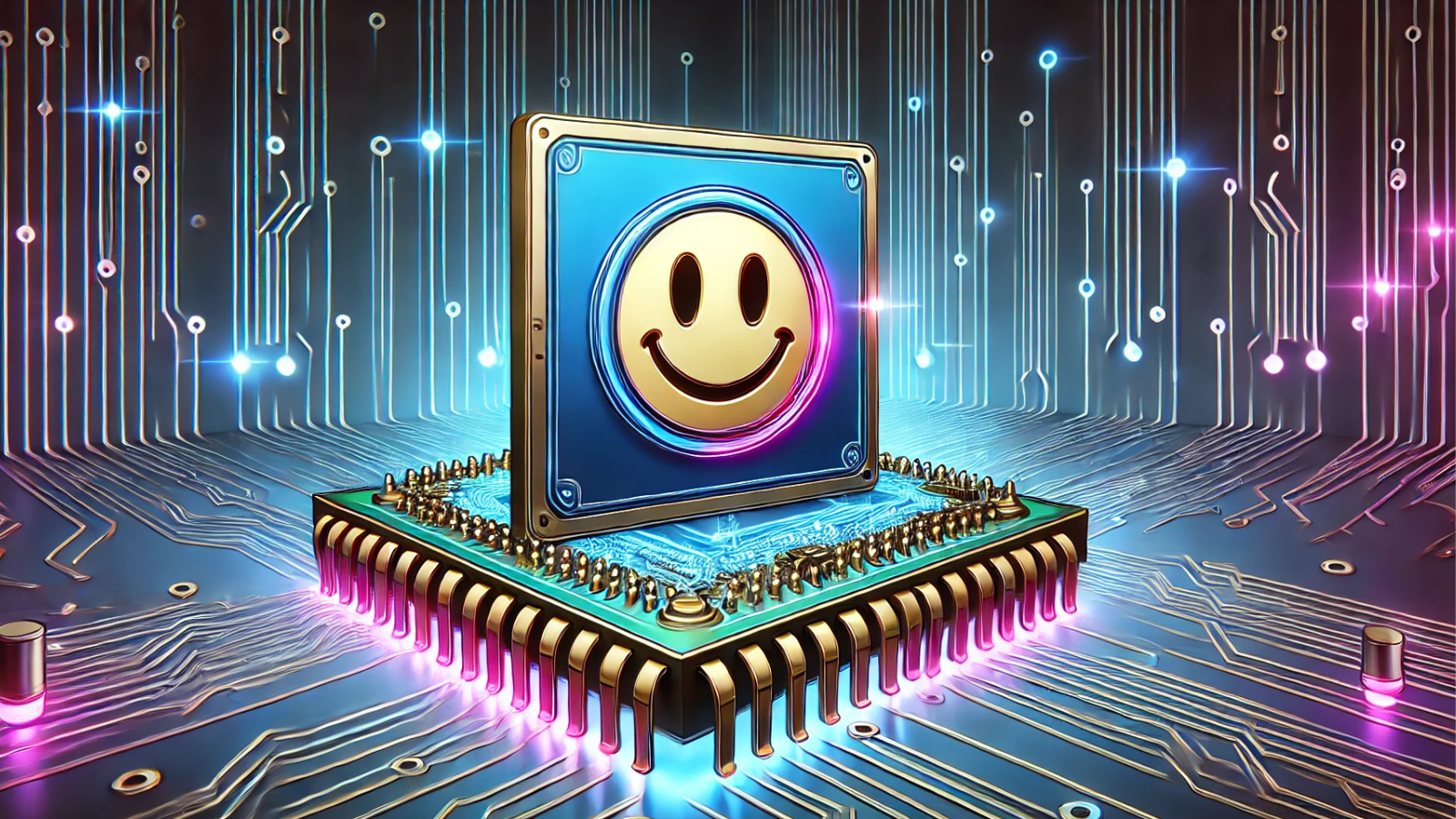The Rise of SocialFi and Tensor’s Expansion with Vector.fun

The cryptocurrency industry is undergoing rapid transformation, with new trends emerging that challenge traditional finance and social media dynamics. One of the most exciting developments in this space is SocialFi, a concept that combines elements of social networking and decentralized finance (DeFi) to create an engaging and financially rewarding ecosystem for users.
SocialFi platforms aim to blend community engagement with financial incentives, allowing users to monetize their social interactions through blockchain-based mechanisms. Meme coins—a subset of cryptocurrencies that originated as internet jokes or cultural references—have also gained traction, playing a crucial role in the success of SocialFi applications. These digital assets have evolved beyond mere speculation, forming communities that drive engagement and economic activity.
A significant player in this trend is Tensor, an NFT marketplace built on the Solana blockchain, which recently introduced Vector.fun—a SocialFi platform designed to integrate meme coin trading with social engagement. This expansion highlights the growing convergence of digital culture and decentralized technology, aiming to create a seamless experience for crypto enthusiasts and mainstream users alike.
In this report, we will analyze the memecoin boom, Tensor’s strategic expansion with Vector.fun, the challenges of SocialFi platforms, and the future outlook for this sector.
The Rise of Memecoins and Their Influence on SocialFi
Memecoins have become a dominant force in the cryptocurrency market, experiencing exponential growth over the past few years. These coins, often inspired by internet culture, have gained significant attention due to their community-driven nature and the potential for high returns. Some of the most well-known examples include Dogecoin (DOGE), Shiba Inu (SHIB), PEPE, and BONK, all of which started as lighthearted projects but eventually turned into multi-billion-dollar assets.
In 2024, the total market capitalization of meme coins surged from $20 billion in January to over $120 billion by the end of the year, fueled by retail traders, influencer endorsements, and viral marketing campaigns. High-profile figures like Elon Musk have played a crucial role in popularizing these assets, leading to significant price movements whenever they express support or reference a particular memecoin.
However, the memecoin ecosystem is not just about price speculation. It has become a cultural phenomenon, where communities actively engage with the projects, create memes, and participate in governance decisions. This community-driven approach aligns perfectly with the principles of SocialFi, where user engagement and financial rewards go hand in hand.
Vector.fun, Tensor’s latest project, seeks to capitalize on this trend by offering a trading platform that integrates social interaction and memecoin speculation. The goal is to make trading more engaging while fostering a sense of community among traders and enthusiasts.
Tensor’s Strategic Expansion: Introducing Vector.fun
Tensor, known for being a leading NFT marketplace on Solana, has been a key player in the Web3 ecosystem, focusing on high-speed, low-cost transactions. However, as NFT trading activity began to decline in early 2024, Tensor recognized the need to pivot toward a more sustainable and engaging model.
This led to the development of Vector.fun, a mobile-first SocialFi platform that blends memecoin trading with social networking elements. The app allows users to buy, sell, and discuss meme coins within a gamified environment, making it more interactive than traditional crypto exchanges.
Key Features of Vector.fun
- Memecoin Trading – A seamless, easy-to-use interface that allows users to speculate on trending memecoins directly within the app.
- Social Engagement Tools – Users can comment, like, and share trade insights, fostering an active community of traders.
- Gamification – Vector.fun incorporates leaderboards, achievements, and interactive elements to keep users engaged.
- Targeting Gen Z and Retail Traders – The platform aims to make crypto trading accessible to a younger audience, focusing on social interaction rather than technical complexity.
During its early access launch, Vector.fun saw overwhelming demand, prompting Tensor to pause new sign-ups temporarily. This indicates strong market interest and a potential shift in how people engage with cryptocurrencies.
However, SocialFi platforms are notoriously difficult to sustain, as seen in previous attempts by projects like Friend.Tech and Farcaster, both of which struggled to maintain long-term user engagement.
Challenges Facing SocialFi Platforms
While SocialFi presents an exciting opportunity, it also comes with significant challenges. Many projects have failed to maintain active user bases, leading to rapid declines in usage and token value. The following are key obstacles that SocialFi projects, including Vector.fun, must overcome:
1. User Retention Issues
- Platforms like Friend.Tech initially gained tremendous popularity, with trading volumes reaching millions of dollars daily. However, as interest waned, daily active users dropped significantly.
- The lack of ongoing incentives for users beyond speculation often leads to short-term hype cycles rather than long-term engagement.
2. Sustainability of Memecoin Markets
- Memecoins are highly volatile and speculative, making them risky assets for long-term investment.
- If memecoins lose popularity or face regulatory scrutiny, SocialFi platforms built around them may struggle to maintain relevance.
3. Regulatory Uncertainty
- Governments worldwide are increasingly scrutinizing crypto-related activities, with memecoins being particularly vulnerable due to their speculative nature.
- Regulatory crackdowns on memecoins or SocialFi platforms could create legal hurdles for projects like Vector.fun.
4. Competition and Market Saturation
- With multiple SocialFi projects launching, the market is becoming increasingly competitive.
- Vector.fun must differentiate itself through continuous innovation, strong community engagement, and sustainable incentive mechanisms.
Despite these challenges, the potential for SocialFi remains high, provided projects can navigate market conditions effectively and offer real value beyond speculation.
The Future of Memecoins and SocialFi
The future of SocialFi and memecoins is closely tied to broader trends in crypto adoption, regulation, and technological advancements. Several key factors will shape the industry’s trajectory:
1. Integration of AI and Memecoins
- The next evolution of memecoins could involve artificial intelligence, creating dynamic, interactive tokens that evolve based on user engagement.
- AI-driven trading strategies could also increase participation, reducing reliance on hype cycles.
2. Mainstream Adoption of SocialFi
- Platforms like Vector.fun have the potential to bring crypto trading to a broader audience by making it fun and interactive.
- If successfully implemented, SocialFi could serve as a bridge between traditional social media users and blockchain technology.
3. Regulatory Developments
- Governments will likely impose stricter regulations on memecoins and speculative crypto activities, which could either hinder or legitimize the space.
- SocialFi platforms will need to adapt their compliance strategies to ensure longevity.
4. Decentralized Autonomous Communities (DACs)
- Memecoin communities could evolve into decentralized organizations, allowing users to participate in governance and decision-making.
- This shift could enhance user loyalty and engagement, making SocialFi platforms more resilient.
As the market evolves, projects like Vector.fun must remain agile, embracing new technologies and addressing community needs to remain competitive.
Conclusion
The launch of Vector.fun by Tensor marks a strategic shift towards SocialFi, leveraging memecoin enthusiasm to drive community engagement. While the opportunity in this space is immense, challenges such as user retention, regulatory risks, and market volatility must be carefully navigated.
With growing interest in SocialFi, the next phase of crypto innovation may involve deeper social integration, gamification, and AI-driven engagement models. Whether Vector.fun can establish itself as a leading SocialFi platform will depend on its ability to provide lasting value beyond speculation.
In the coming years, the fusion of trading, entertainment, and decentralized governance could redefine how people interact with digital assets, making the SocialFi movement a cornerstone of the Web3 ecosystem.


